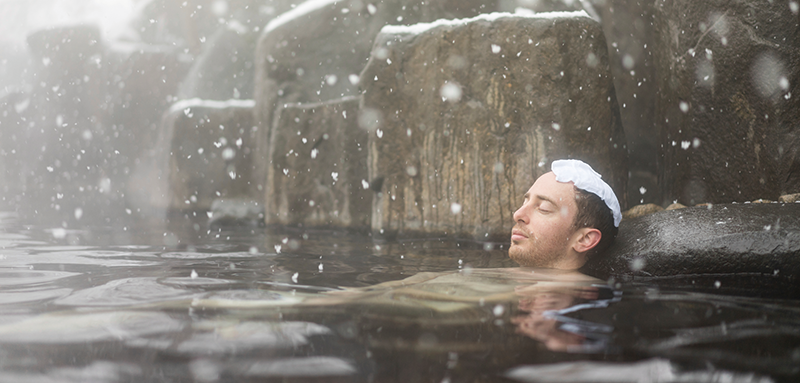By Matt Klampert
When most people think of the Niigata area, it is usually in terms of sake: Niigata Prefecture has approximately 90 sake breweries, the most of any prefecture in Japan. In addition, this region has a surprising history with regards to wine- Niigata was one of the first prefectures in Japan to produce their own wines, as early as 120 years ago! Today we will introduce you to a winery that exists within YUKIGUNI itself: Agricore Echigo Winery in Minamiuonuma City.
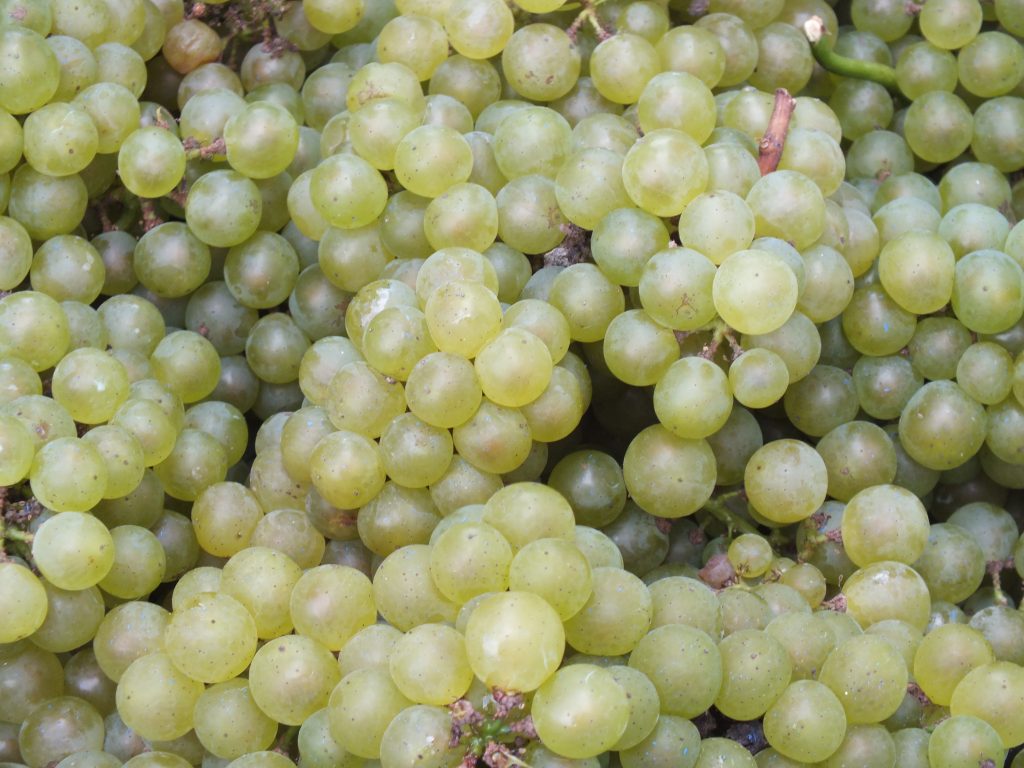
A brief history of wine in Japan
First, let’s learn a little about Japanese wine: Wine has been produced and consumed in Japan for longer than you might think. We know that grapes were eaten in Japan as far back as the ancient Jomon period, due to archaeologists’ discoveries of grape seeds in clay pots at Jomon dig sites. In feudal times, farmers were known to sometimes brew their own budoshu from grapes, but it was not commonly distributed or sold.
The idea of wine as a popular commodity ties in directly with Japan’s introduction to the West, when wine was brought from Europe and sold from Portuguese ships in the 16th century. At that time, only the nobility could afford to drink it, and wine imports ceased once Japan was closed off to foreign trade in 1639, only resuming during the early Meiji Period over 200 years later. Around this time, a rice shortage had caused a decrease in the production of sake, and Japan being opened to the West meant a renewed interest in wine.
This time, wine was produced by Japanese vineyards themselves, as a result of early Japanese winemakers traveling to France to learn about wine production. An important goal for these early winemakers was finding wine grapes that could thrive in the Japanese climate. While the majority of wineries were (and still are) located in Yamanashi, an early winery in Niigata Prefecture, Iwanohara Vineyard, is credited with the development of Muscat Bailey A, now one of the most commonly grown wine grapes in Japan. Though there was now a home grown Japanese wine industry, the Japanese public still didn’t have much of a taste for wine as we know it; early Japanese wines were mostly sweeter fortified wines.
The wine boom began in earnest in the twentieth century, especially in 1960s and 1970s, when yoshoku, or western cuisine, became more widely available and in demand after the first Tokyo Olympics in 1964. As opposed to traditional ryokan, Western-style hotels sprouted up, which served Western food and fine wines. As a result, imported European wines became highly prized, and domestic growers attempted to recreate these wines in Japan, including in YUKIGUNI.
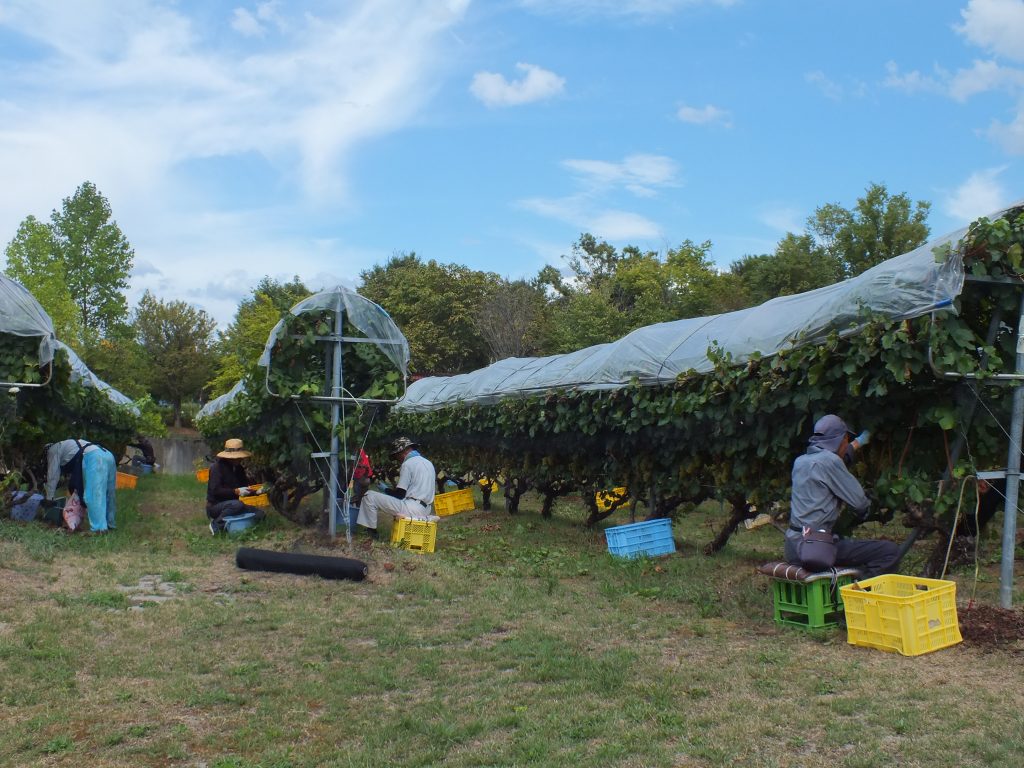
The story of wine in Snow Country
It must be said that Japan is a challenging place to grow grapes for wine, both due to its humid climate, and the additional problem of frost damaging grapevines in colder areas. In 1975, Echigo Winery was founded in Minamiuonuma’s Urasa region in order to diversify the city’s agricultural output. They sought to add another agricultural staple alongside Koshihikari rice, and decided they wanted to produce popular European wines domestically. The founders of Echigo Wine learned from growers in Hokkaido about winemaking techniques, and adapted them to YUKIGUNI. They chose to grow European varieties of grapes such as Merlot and Chardonnay. The vast majority of wine grapes grown in Japan are the aforementioned Bailey A and another domestic Japanese wine grape called Koshu. Varieties of grapes that originated in America, like Concord and Niagara, are also quite common. But European grapes like Merlot and Chardonnay are not often grown domestically within Japan, and especially in the case of varieties like Kerner, are hardly ever grown on Japan’s main island of Honshu.
The main reason why this experiment was a success is due to YUKIGUNI’s unique geographical situation: rather than the grapevines freezing, they are protected by the snow itself, which acts as a futon covering the vines. Much like the beech, or buna trees high on the mountaintops of Snow Country, the grapevines here grow diagonally, as a result of the weight of the snow. Special fences are also constructed to help support the vines and keep them from being destroyed.
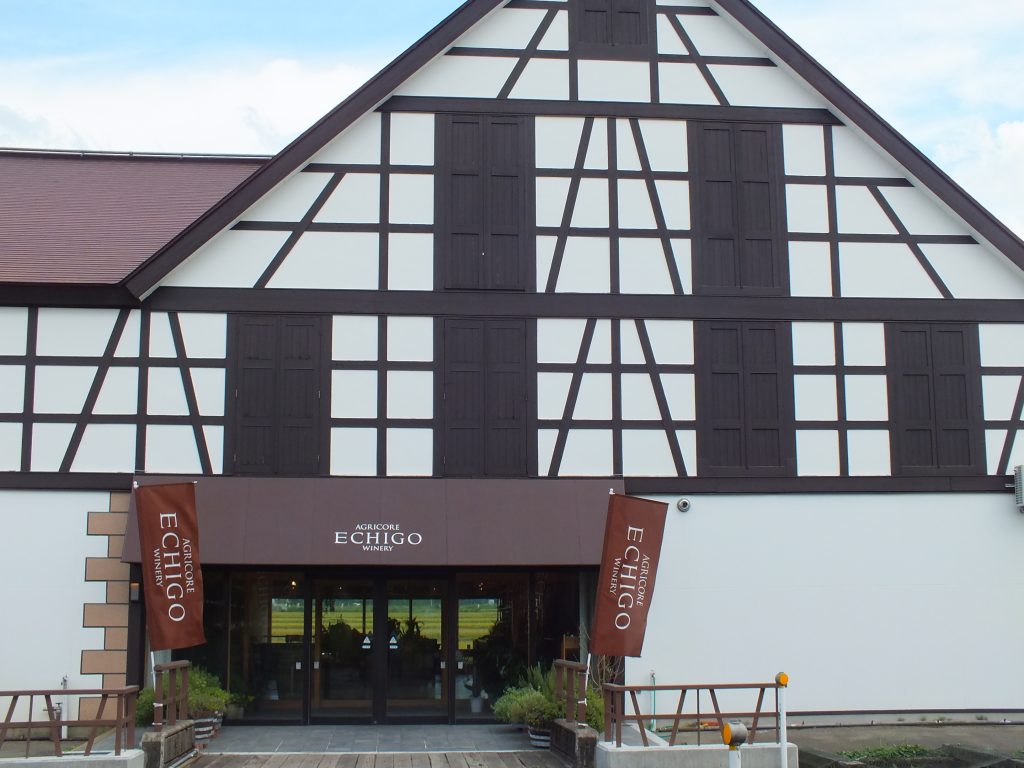
The current state of wine in Japan
The Japanese wine industry as a whole has continued to grow since Echigo Winery was first founded, and there are now between 200-300 wineries in all, many of them small to medium sized vineyards. Wine consumption has been increasing domestically throughout most of the 2000s, coming to over 340,000 kiloliters in 2020.
Japan’s wineries have contributed to global wine culture by exporting more abroad, and Japanese wines are now winning contests in Japan as well as around the world. Echigo Winery has won several awards including a silver medal at the Japan Wine Competition in 2013, and a silver medal in the 2023 international competition “Feminalise” for their Merlot, and a gold medal for their Chardonnay in 2022.
All of these prize-winning wines and more are grown locally and stored at the winery’s yukimuro- a “snow refrigerator” historically used in YUKIGUNI in order to keep food fresh during the long winters when nothing could grow. Storing wine in a yukimuro is said to give it a more delicate flavor, in addition to being an environmentally friendly way to store the wine. At Echigo Winery, it is said that there is a ghost that haunts the yukimuro. It has become the mascot of Echigo Winery, and rather than frightening staff and guests, makes the wine taste better instead!
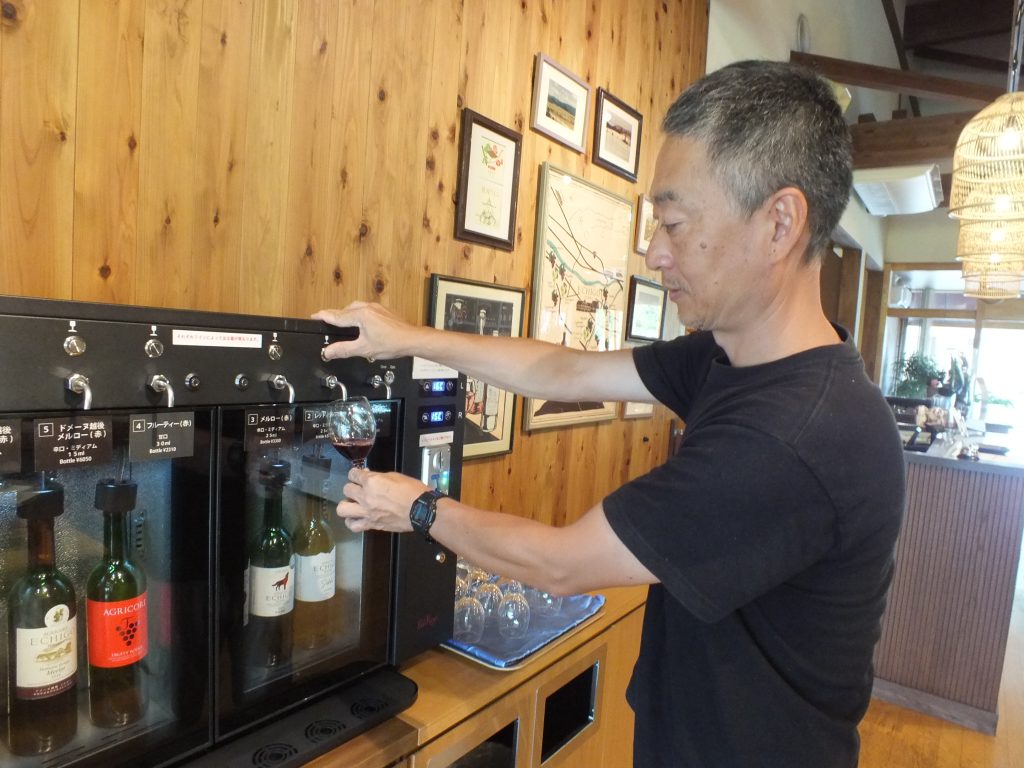
A tour of the Echigo Winery
You can see the aforementioned yukimuro as well as enjoy a tasting during your visit to Echigo Winery. Recommended varieties to try include their 2019 Merlot. There are also other products for sale here such as yukimuro coffee and sweets, wine jelly, and cheese from Sado Island.
Every year around September you can watch the staff of Echigo Winery, most of whom are locals from Minamiuonuma, harvest their grapes. The grapevines are located on 2 hectares of land on the winery premises and nearby Yairo no Mori Park. These grapes, along with grapes from nearby Tsunan, produce approximately 80,000 bottles a year for the winery. The park and the winery are beautiful to see in the green season, and offer majestic views of Mt. Hakkai, a sacred mountain in Snow Country.
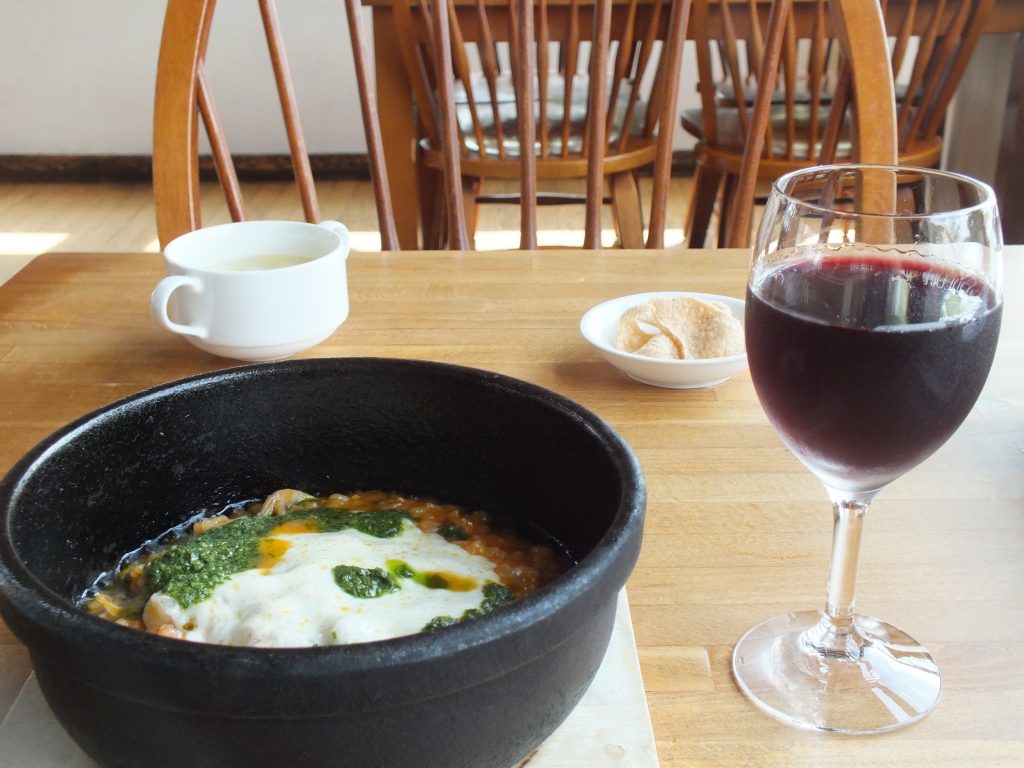
Enjoy local wine with delicious food
Across the street from the Echigo Winery is their restaurant “Budo no Hana.” Here you can choose from many delicious western-inspired dishes paired with over a dozen varieties of in-house wine, or even local sake such as Aoki Sake Brewery’s Kakurei. Like in the West, red wine is often paired with meat and white wine with fish. Choose from pizza and pasta courses, steaks, risotto, and more. If you just want dessert, you can get ice cream and crepes at the stand directly outside the restaurant.
Echigo Wine can be enjoyed elsewhere in YUKIGUNI, such as the eco-lodges Isen and Ryugon. Echigo Wine also makes a great gift, and can be purchased at the Ponshukan Sake Museum located within Echigo-Yuzawa station.
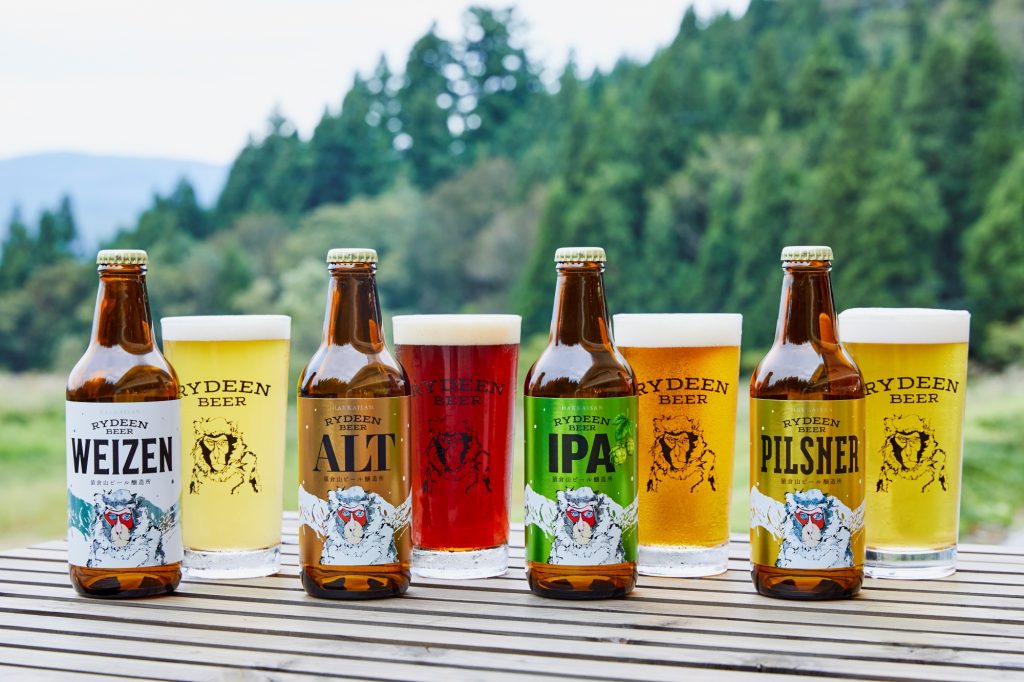
Enjoy other fine refreshments in Snow Country
In addition to wine and sake, there is also a burgeoning craft beer scene in YUKIGUNI. Tsumari Brewing in Tokamachi City produces local favorites such as their signature soba ale, and Rydeen Beer can be enjoyed on tap at the “sake theme park” Uonuma no Sato. Click HERE for more information.
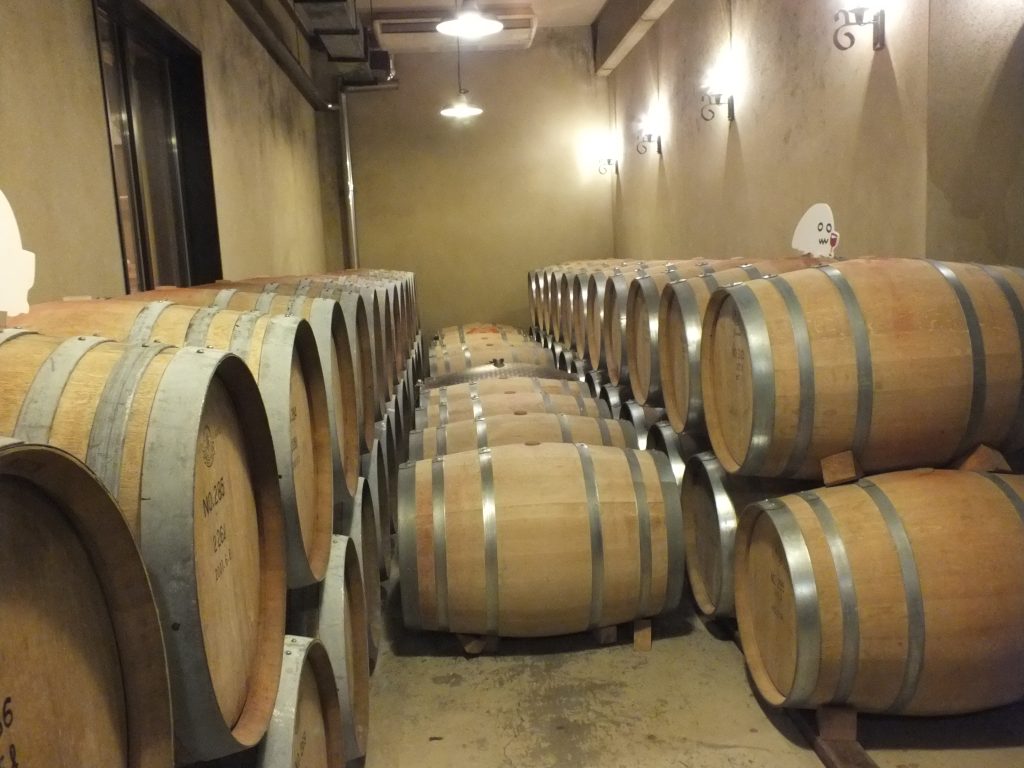
Information for Travelers
Agricore Echigo Winery
Address: 5531-1 Urasa, Minamiuonuma City, Niigata Prefecture 949-7302
Hours: Winery open from 9:30 a.m. to 5:00 p.m., Restaurant Budo no Hana open from 11:00 a.m. to 9:00 p.m., closed Wednesday

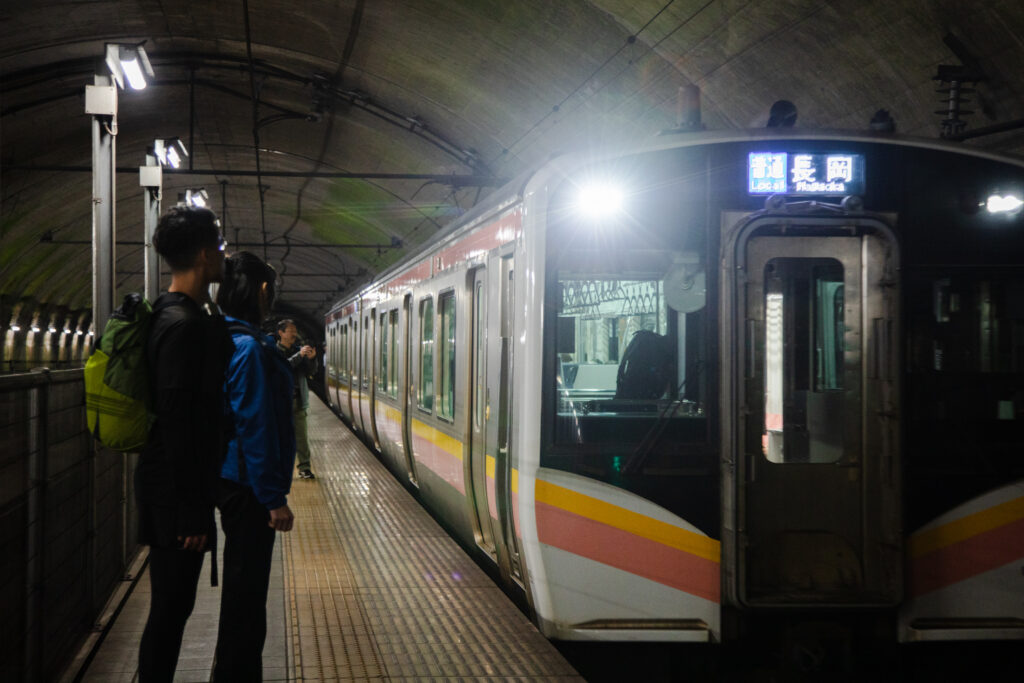
-1024x626-2.jpg)
